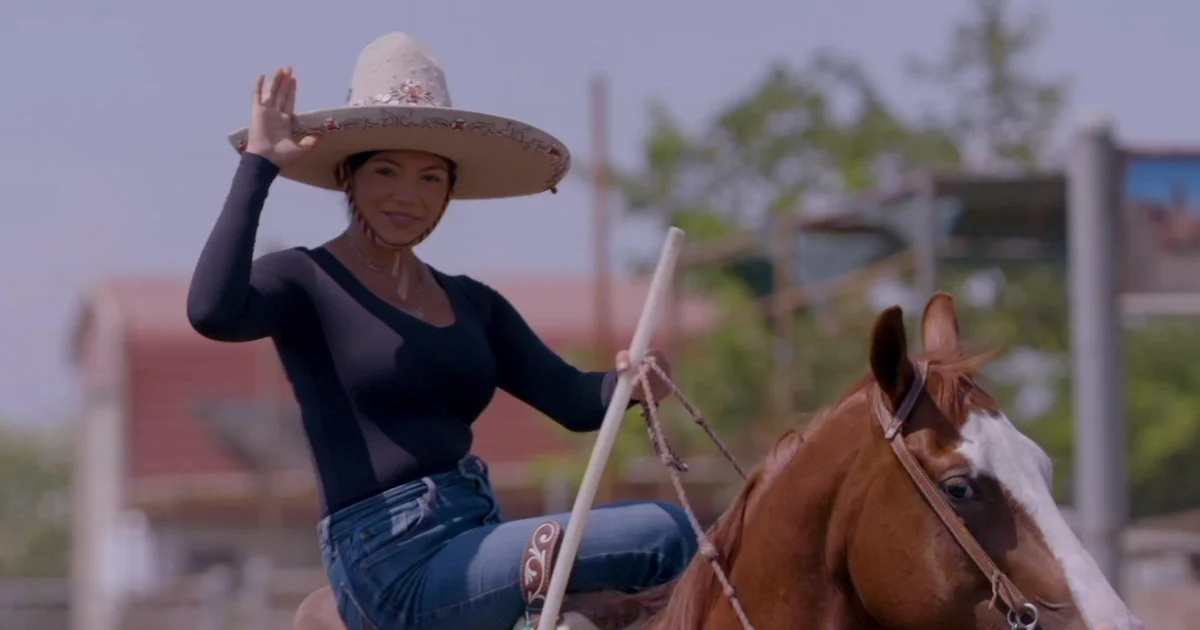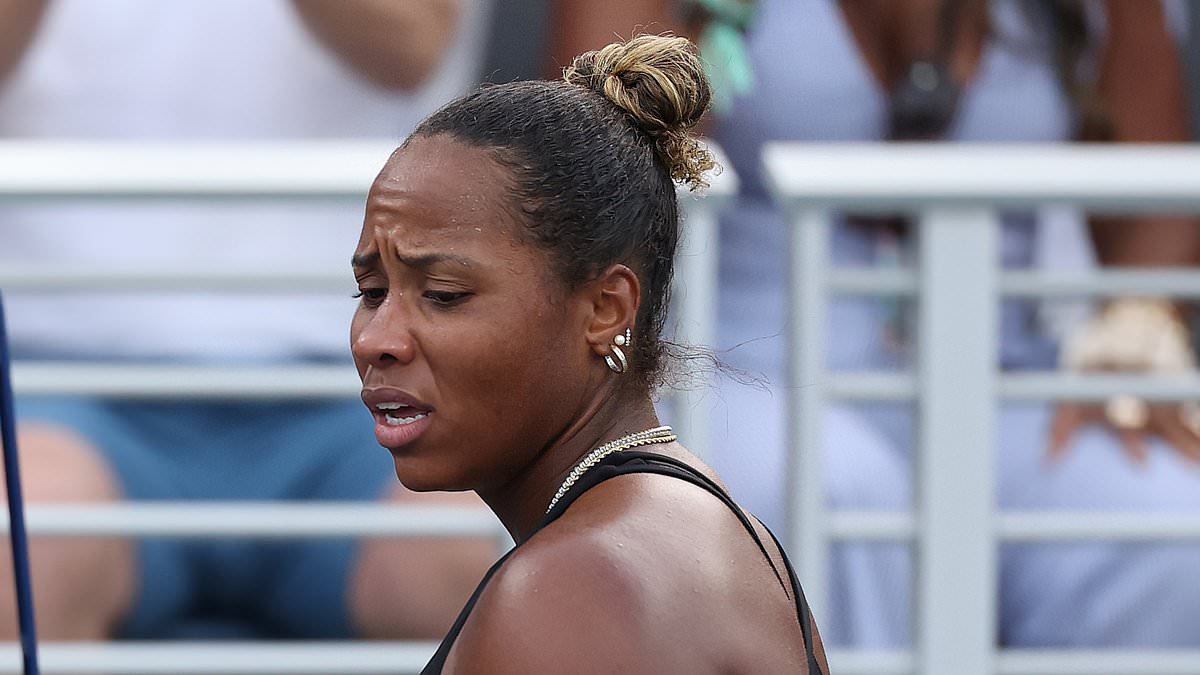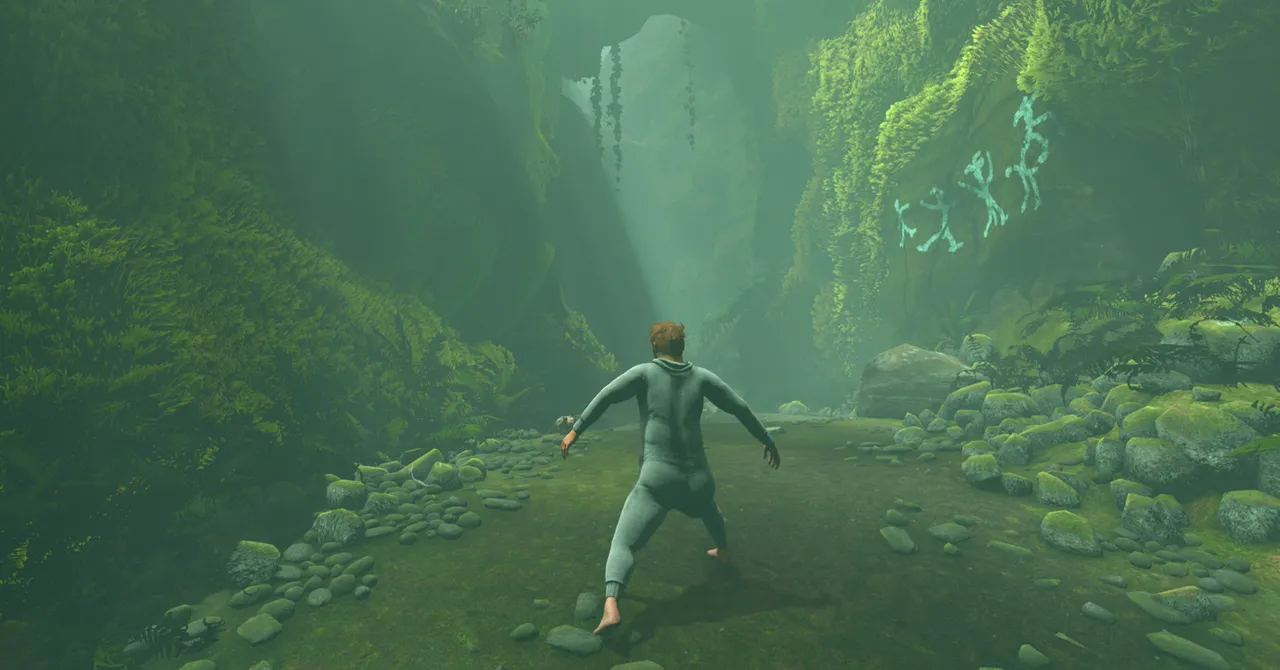
It is Hispanic Heritage Month, and we bring you the story of eight female athletes who demonstrate precision, poise, and elegance — all while embracing their Mexican roots.
They’re known as escaramuzas, an equestrian team that’s dazzling the crowds with traditional performances passed down through generations.
These eight women are keeping tradition alive in a synchronized, equestrian sport called escaramuza.
“The horses, I love seeing the smile on the girls, I love all of that, like I get tired, yes, but they keep me going,” Flor Arroyo said.
Arroyo was born and raised on a ranch in Mexico. Her love for horses is in her blood, so when she came to the U.S. at just 10 years old, she wanted to keep that connection to her home.
“I miss Mexico. I miss it a lot. Since I was little, I remember my grandpa used to ride us on burros,” she said. “We came here and everything was so different, and I started getting on the horses again. And then from there, I started at Dalia Mexiqense in 2018.”
Since then, Arroyo has been passing down this tradition as it has been for generations.
“It all started with Mexicans working for Spain’s espanoles, and that’s what it became. [It] was the Mexican Revolution, then the women started helping the men in the revolution, and that’s how we call adelitas,” she said.
With each kick of dust and maneuver of the horses, those same styles of dresses also represent the spirit of the adelitas.
While these women ride with ease and a smile on their faces, the work is tedious, and it all starts with a bond.
Jannely Villa has been riding horses since she was five years old. Her horse has been with her since day one.
Before they can even step into the arena, they have to work together.
“If I’m nervous, he’ll get nervous, but yeah, besides that, he’ll get a little angry,” she said of her horse Milkface, or “Cara de Leche” in Spanish. “When I’m mad but he’s calm, he’s child-friendly, like it’s safe to ride him. When I’m relaxed, he’s relaxed, and we’re just ready.”
“If you don’t connect with the horse, the horse is not going to be connected to you, and then he’s going to do whatever he wants, and then the dirt doesn’t taste really good,” Arroyo said with a laugh.
But that’s just the beginning.
“It’s a lot of training. You have to hold your balance really good. You have to know how to take the caballo to the front and the reins and be able to help the horse with the spur and at the same time with the barra and at the same time, don’t go this way and don’t go that way,” Arroyo said.
Escaramuza has been a tradition for generations. After long hours on a hot summer day, the escaramuzas suit up, adorned with their traditional dresses, step into the arena and get straight to work.
But before every synchronized routine, there is a team blessing.
“Once you’re in the lienzo, everything blurs and it’s just you, your horse, and your friends,” Villa said.
It’s an elegant equestrian dance, synced to mariachi music, riding sidesaddle while wearing traditional adelitas dresses and keeping Hispanic heritage at the forefront.
“A lot of people don’t know what escaramuza is. They mainly know what charros are and mainly what guys do, but they don’t really focus on us women,” Nadia Gudino said. “And I think we still get it to this day, but it’s nice to feel like we’re getting recognized.”
Most importantly, it represents culture, and for these women, remembering who and where they came from.
“Every time I ride, I wish my mom could be seeing me all the time,” Arroyo said. “Keep your culture, keep your tradition, keep the charrería and keep the horsewoman.”
Most of the team members are in high school, and one is starting college. The escaramuzas compete throughout the year and hope to make it to the largest competition in Mexico.



